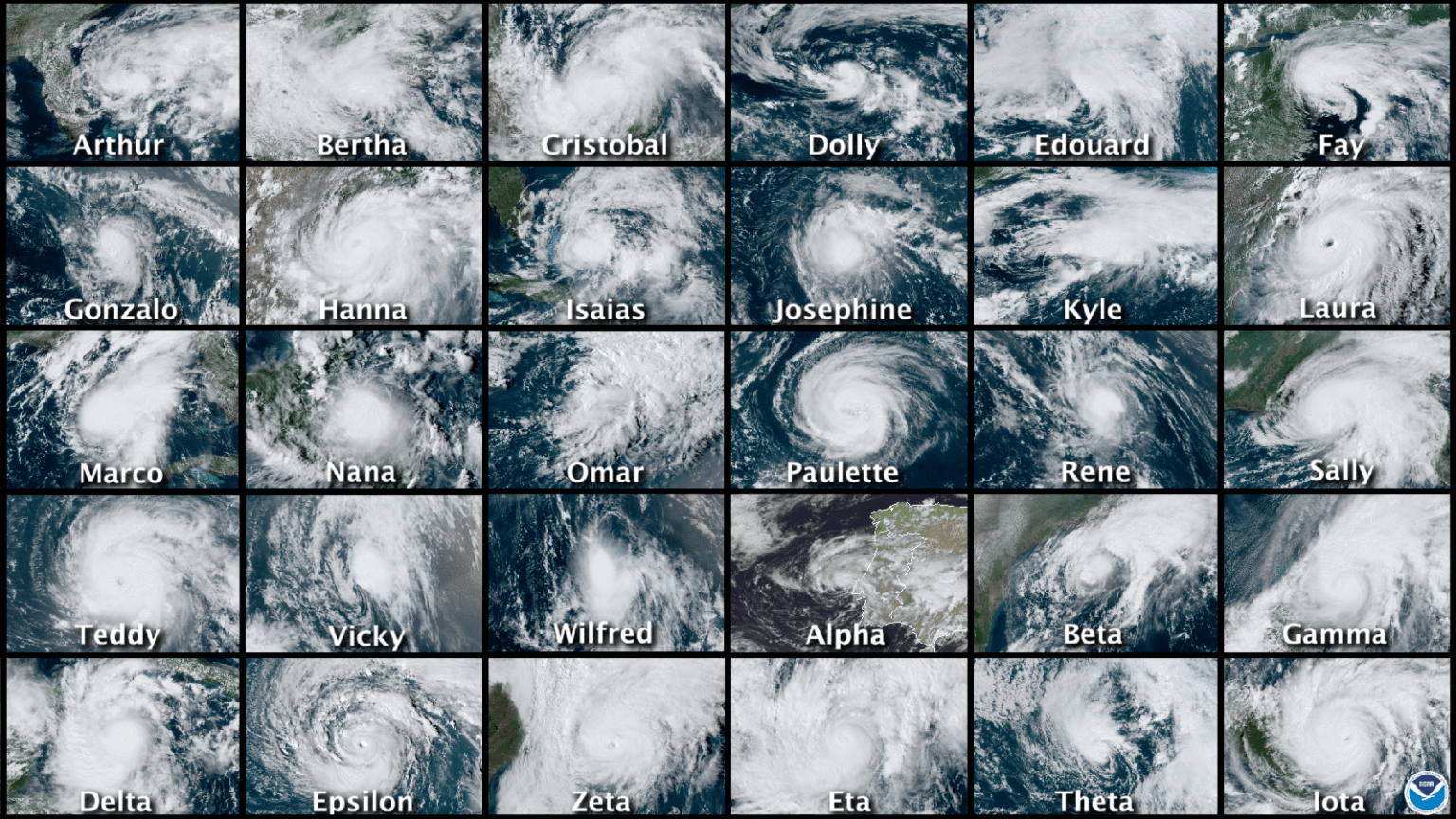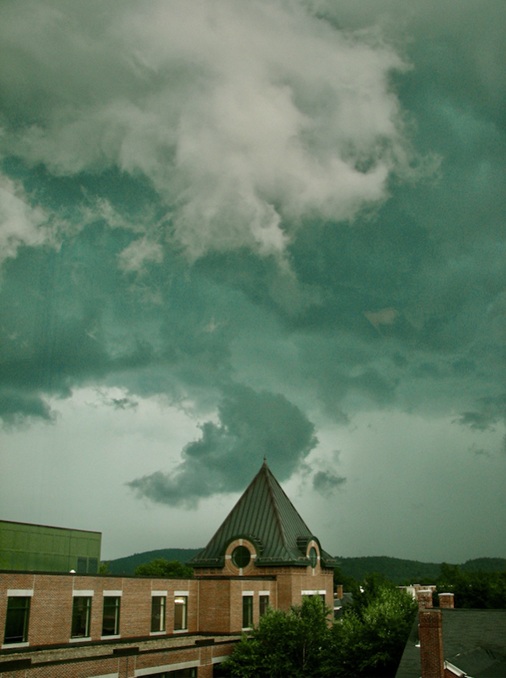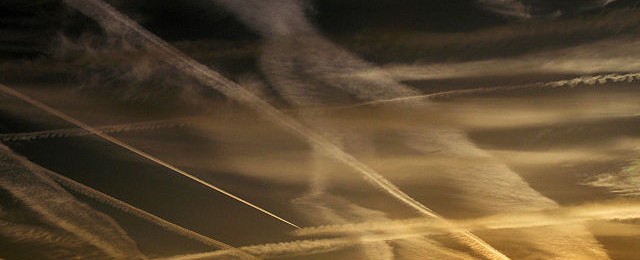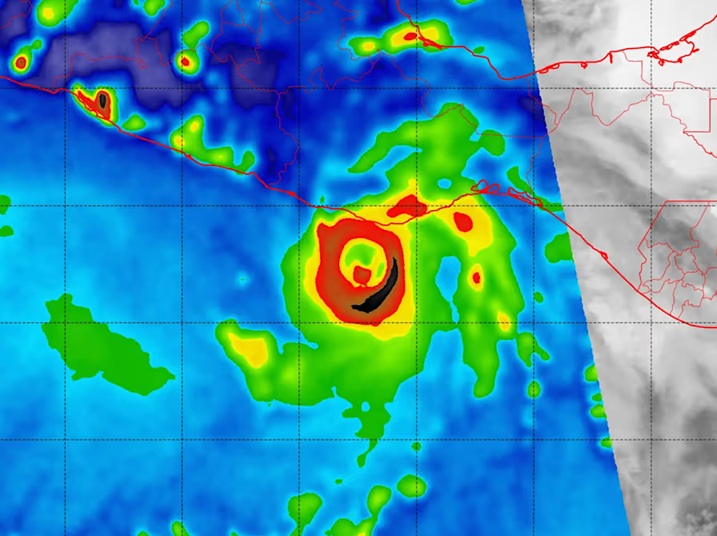Climate science
-

The Weather Channel posted an interesting short video about the life cycle of a hurricane to explain how hurricanes develop from tropical waves and grow into full-fledged strong storms. Very timely considering how we have watched Erin grow from a weak wave to a category 5 storm in just a few days. Erin is now…
-

My UGA colleague Bob Kemerait and several others all asked me why it was so cold and rainy in Georgia earlier in August. Here is what I wrote him: I have attached thermographs of Athens and Albany temps below (the Tifton NWS station is missing most of August so far). The first part of summer…
Posted in: Climate science -

Have you ever seen a green sky? I can recall a few. Most often they are seen during severe weather, especially when hail is present. Here is an interesting story and explanation for where green skies come from: The Colorful Mystery of Green Thunderstorms – The Front Page, published by the American Meteorological Society blog…
-

With the growth of social media has come the growth of conspiracy theories about the weather that pop up over and over again on some influencers’ clickbait posts. In this Forbes article, Dr. Marshall Shepherd of UGA debunks the top six weather conspiracy theories that appear over and over again. Most recently: the idea that…
Posted in: Climate science -

A piece of very bad news for those of us who live in the hurricane region of the United States was released this past week. The U.S. Department of Defense announced it would immediately stop ingesting, processing, and transmitting data essential to most hurricane forecasts. This data is essential to accurate forecasting of hurricane conditions…
-

Today is the start of astronomical summer, when the sun is highest in the sky. You can read more about the solstice at https://www.space.com/summer-solstice-when-what. Today is also Share Your Stripe Day, when people across the world share their stripes that depict the earth’s warming climate. The graph below shows the annual average temperature for the…
-

I’ve seen a lot of stories in the news relating weather and climate to scientific research studies or the Southeast. A few were also on the upcoming hurricane season. Here are some that you might find interesting. Tulane University: Study shows how El Niño and La Niña climate swings threaten mangroves worldwide Meteorological Technology International:…